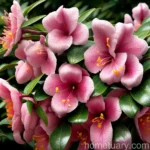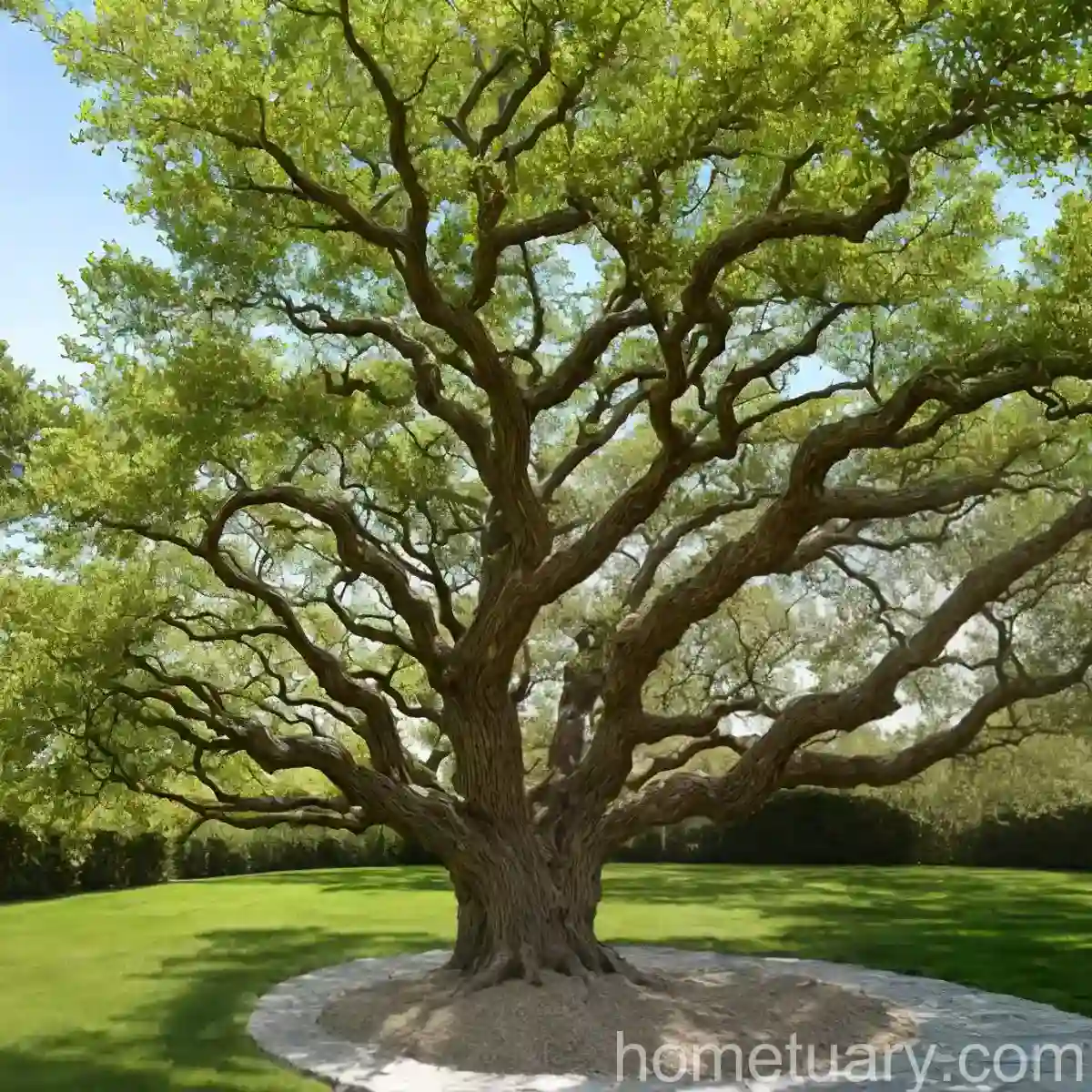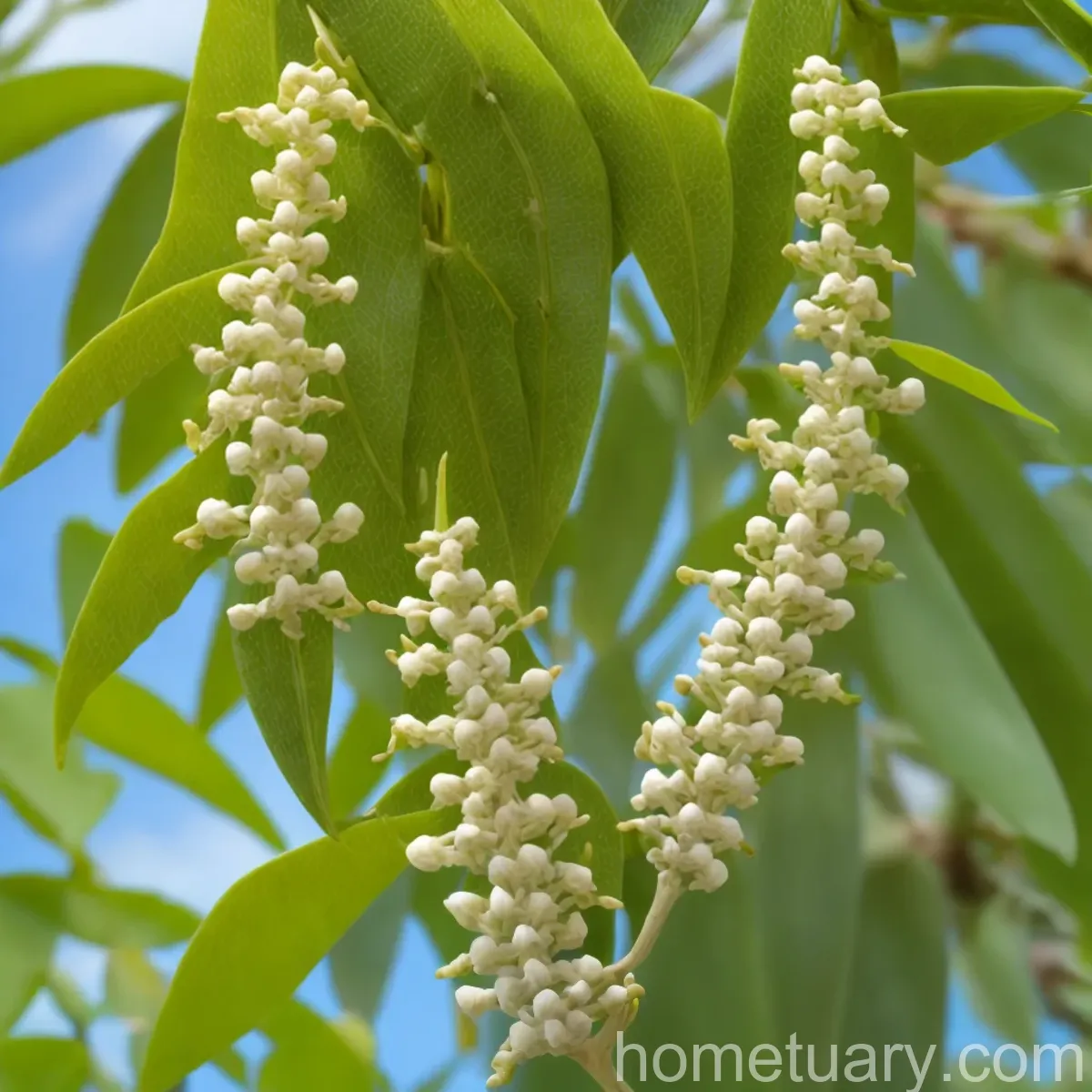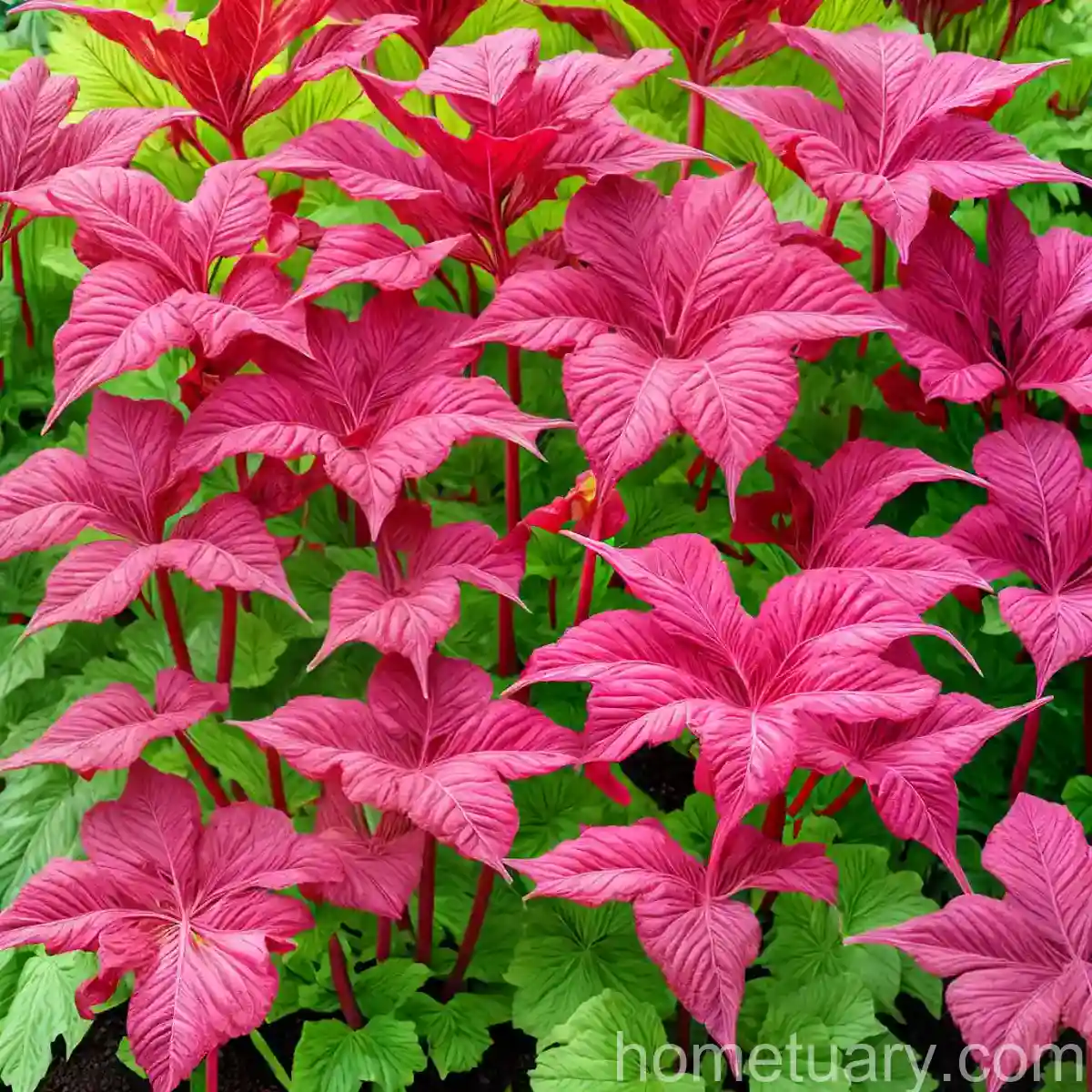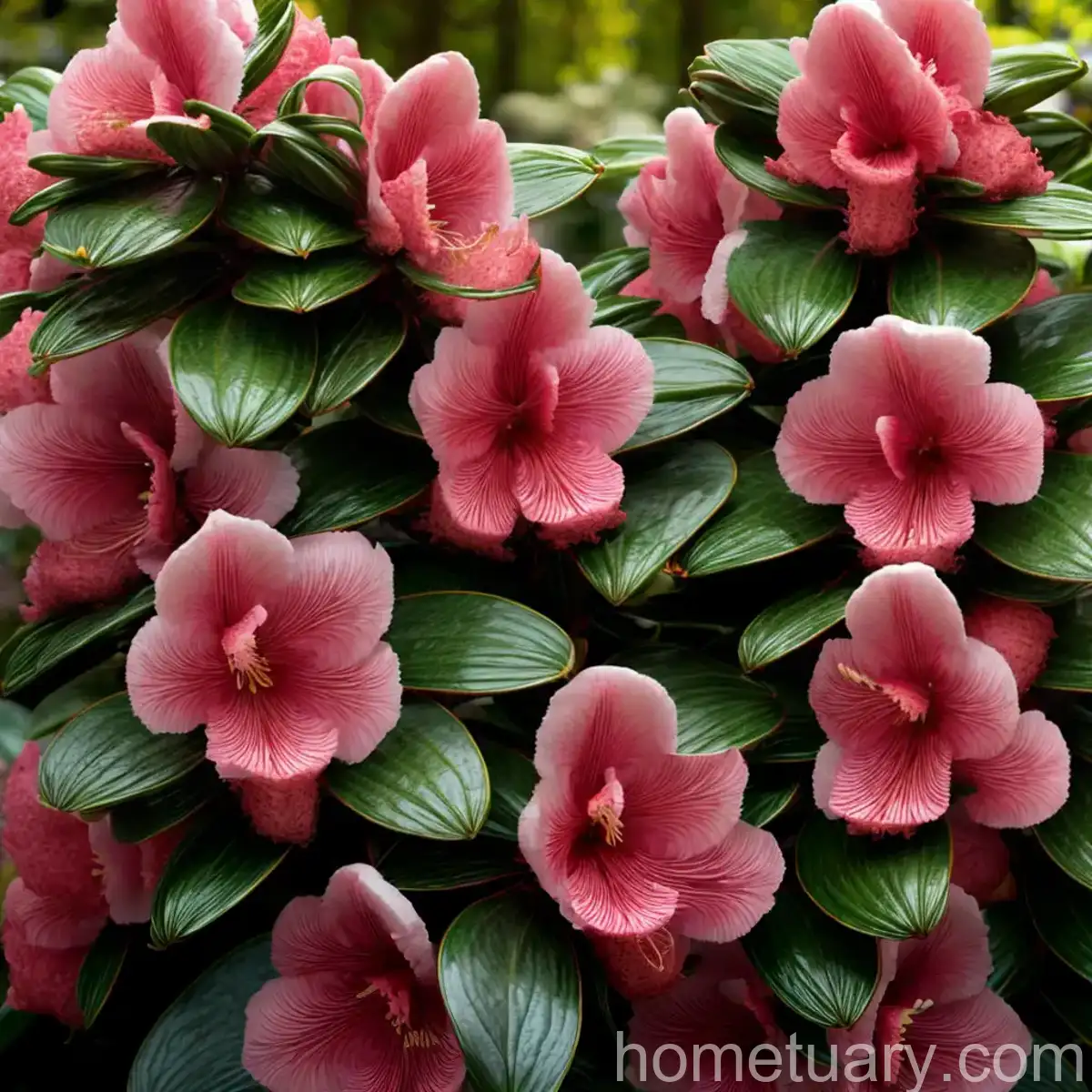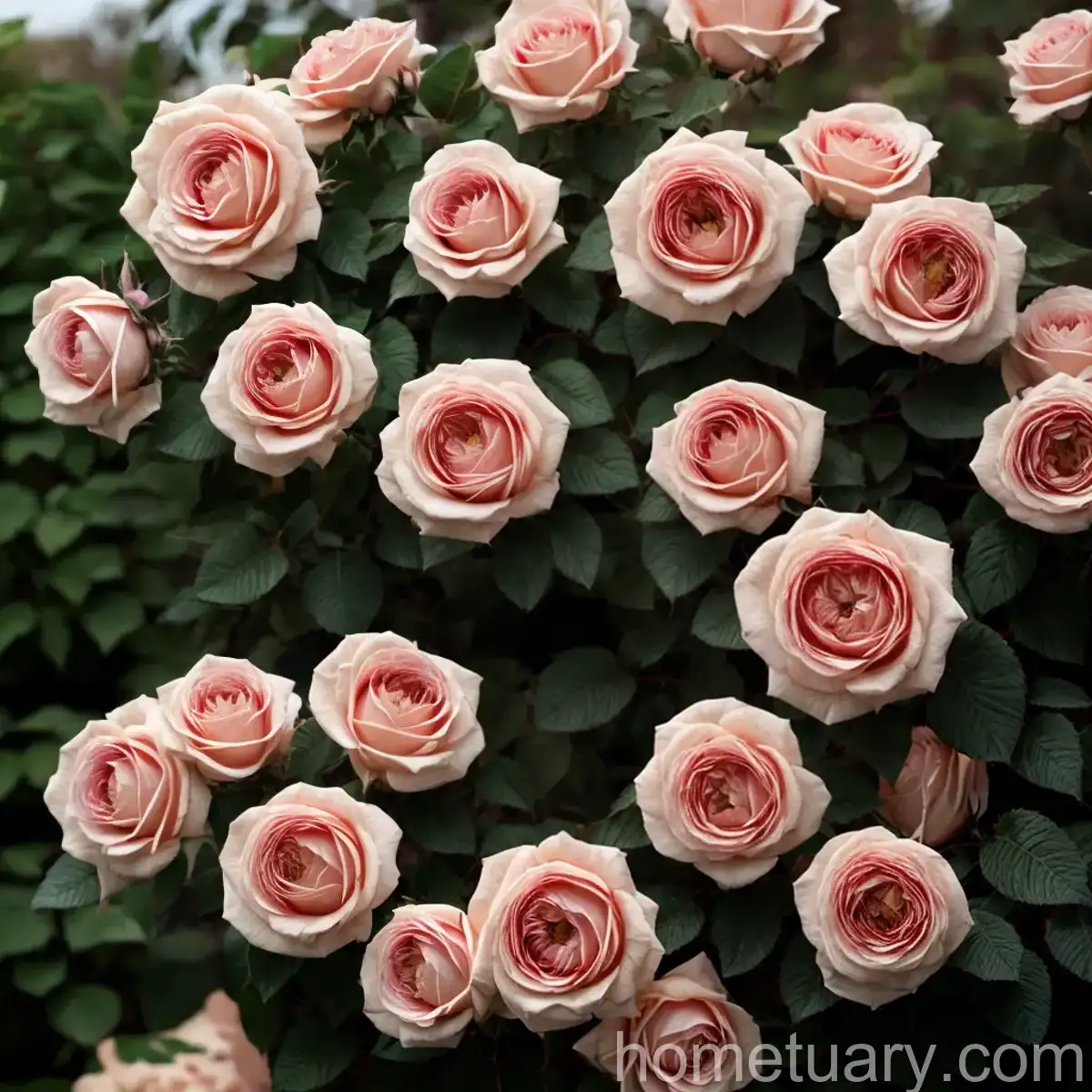Azalea (Rhododendron indicum): A Complete Guide
Azaleas are renowned for their vibrant and captivating blooms, making them a cherished addition to gardens and landscapes around the world. As a plant scientist deeply passionate about the natural world, I’m thrilled to delve into the realm of azaleas, particularly the enchanting species Rhododendron indicum, and share comprehensive insights on their care, cultivation, and fascinating traits.
What is Azalea (Rhododendron indicum)?
Rhododendron indicum, commonly known as azalea, is a species of flowering shrub belonging to the genus Rhododendron, which encompasses a diverse array of species admired for their ornamental value. This particular species holds a special place among gardeners and plant enthusiasts due to its stunning floral displays, longevity, and adaptability.
Key Takeaways – Azalea (Rhododendron indicum)
Before delving into the intricacies of caring for azaleas, let’s highlight some essential points to remember:
- Azaleas belong to the Rhododendron genus and are celebrated for their vibrant blooms.
- They are revered for their longevity and adaptability, making them a popular choice for gardeners.
- Azaleas come in a wide array of varieties, showcasing an impressive palette of colors and sizes.
Now, let’s explore the various aspects of azalea care and cultivation, delving into essential factors such as culture, water needs, sunlight requirements, soil preferences, pruning techniques, propagation methods, and more.
Culture
Understanding the cultural requirements of azaleas provides a solid foundation for nurturing these exquisite shrubs. From water and sunlight needs to soil preferences, getting the culture right is vital for ensuring the optimal growth and blooming of azaleas.
Water
Azaleas have specific watering needs that are essential to their overall health and vigor. Adequate moisture is pivotal, particularly during the blooming season and the hot summer months. Conversely, waterlogged conditions can lead to root rot and other detrimental issues. Finding the right balance is crucial in ensuring the flourishing of azaleas.
Sunlight
The sunlight preferences of azaleas play a significant role in determining their growth and blooming patterns. While they thrive in partial shade, the specific sunlight requirements may vary depending on the regional climate and the particular variety of azalea. Understanding these nuances is key to optimizing their growth and blossoming.
Fertilizer
Applying the appropriate fertilizer is instrumental in promoting the robust growth and blooming of azaleas. Understanding the specific nutritional needs of these shrubs and the timing of fertilizer application is essential in enhancing their overall health and vibrancy.
Soil
Azaleas have distinct soil preferences, with acidity being a crucial factor. The soil pH and overall quality significantly influence their growth and blooming potential. Ensuring the right soil conditions is pivotal for cultivating thriving azaleas.
Pruning
Pruning is an integral aspect of azalea care, contributing to their overall aesthetics, health, and longevity. Employing effective pruning techniques is essential for shaping the shrubs, promoting airflow, and encouraging new growth and blossoms.
Propagation
Propagation methods play a central role in expanding azalea populations and preserving specific varieties. Understanding the various techniques, such as stem cuttings and layering, is essential for successfully propagating azaleas.
Container Popularity
The use of containers for azalea cultivation offers a myriad of possibilities, particularly for individuals with limited garden space. Exploring the optimal practices for container gardening with azaleas provides an avenue for enjoying their beauty in diverse settings.
Common Diseases
Azaleas are susceptible to certain diseases that can affect their overall well-being and vitality. Identifying these diseases and understanding the appropriate remedies are crucial for safeguarding the health of azaleas.
Disease Diagnosis
Accurately diagnosing diseases afflicting azaleas is pivotal in implementing targeted treatments and preventive measures. Understanding the symptoms and characteristics of common ailments is essential for effective disease management.
Common Pests
Pest infestations can pose significant threats to the well-being of azaleas. Identifying common pests and implementing suitable control strategies is essential for mitigating the impact of these nuisances.
Botanist’s Tips
Gleaning insights from experienced botanists can offer valuable guidance for nurturing azaleas with expertise and finesse. Leveraging their knowledge and expertise can significantly enhance the care and cultivation of these exquisite shrubs.
Fun Facts
Uncovering intriguing and lesser-known facts about azaleas adds depth to our appreciation of these remarkable plants. Delving into their unique characteristics and historical significance offers a richer understanding of their cultural and botanical significance.
Links to External Resources
For comprehensive information on azalea care, cultivation, and an array of specific topics, explore the following resources:
- American Rhododendron Society
- Azalea Society of America
- The American Horticultural Society
- Royal Horticultural Society – Azalea Care
- University Extension Services – Azalea Care Guides
- Gardening Know How – Azalea Plant Care Guide
- North Carolina State University Extension – Azalea and Rhododendron Care
Thank you for joining me on this journey through the captivating world of Rhododendron indicum – the beloved azalea. May this comprehensive guide empower you to cultivate, cherish, and celebrate the exuberant beauty of these enchanting shrubs. Happy gardening!







